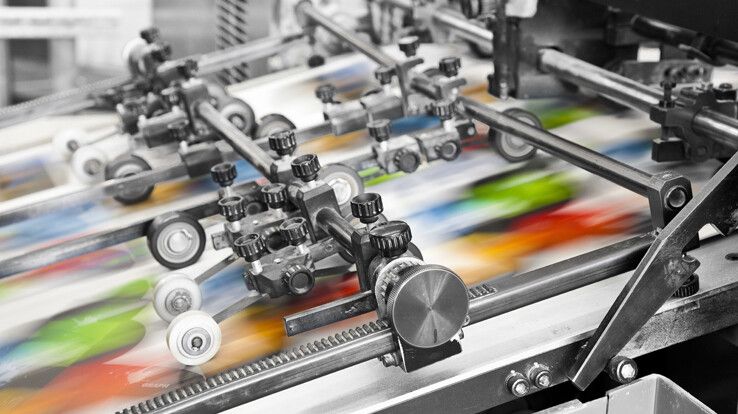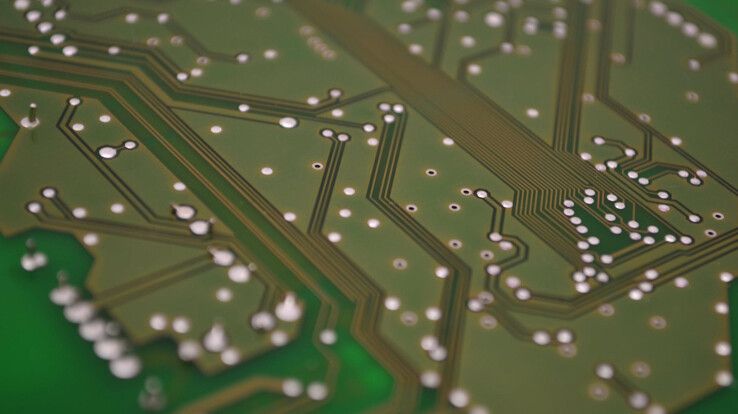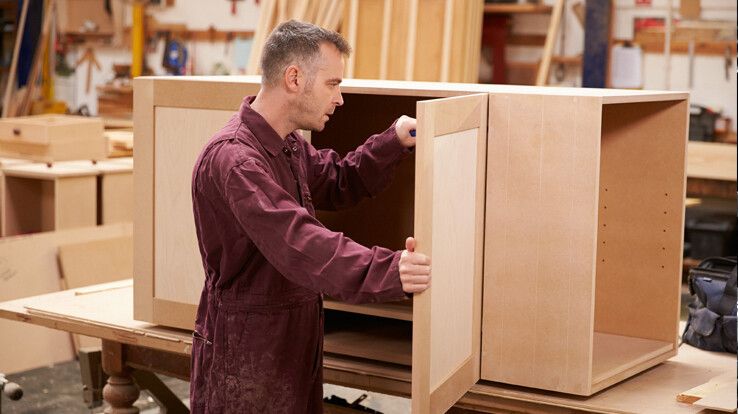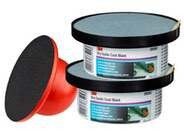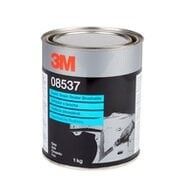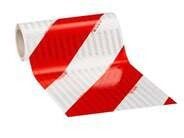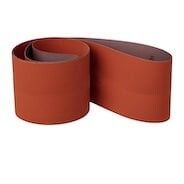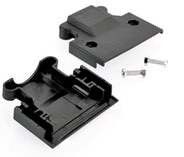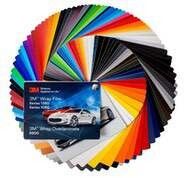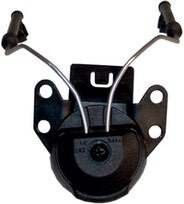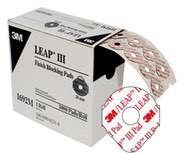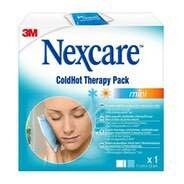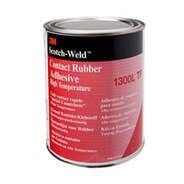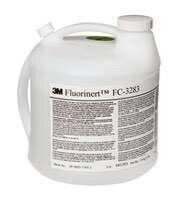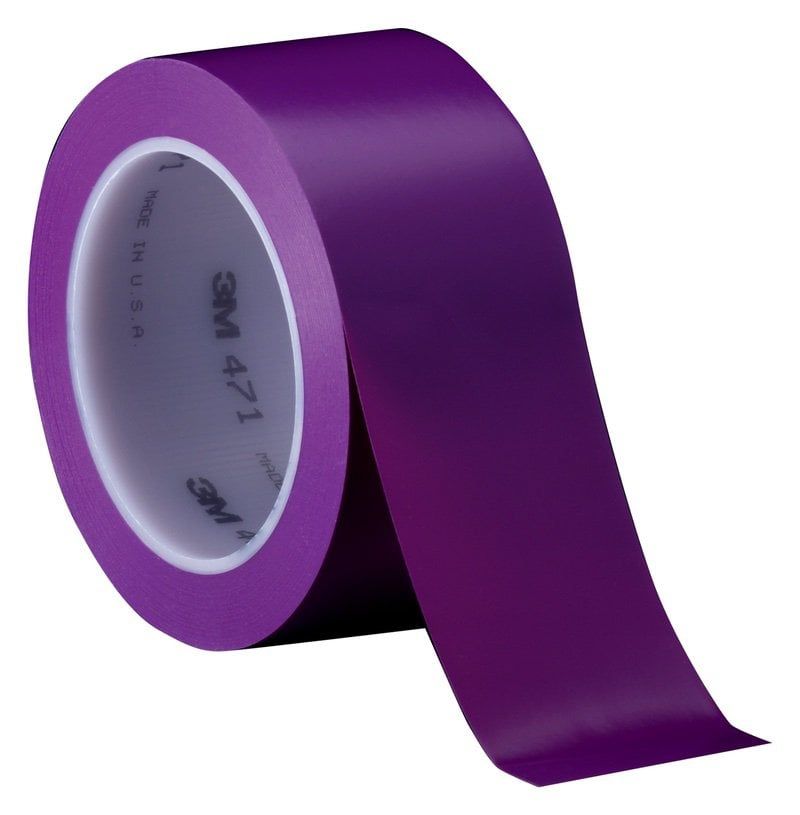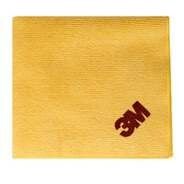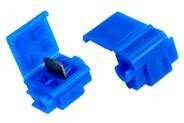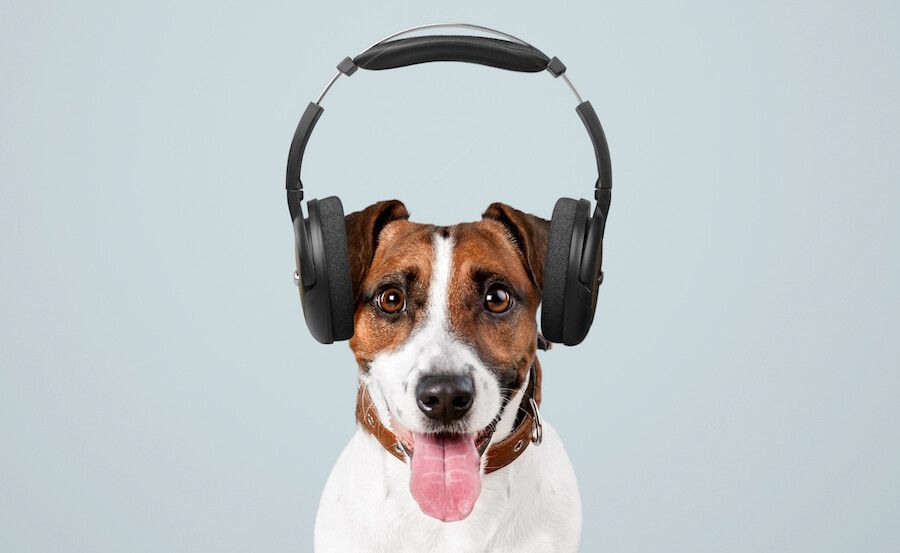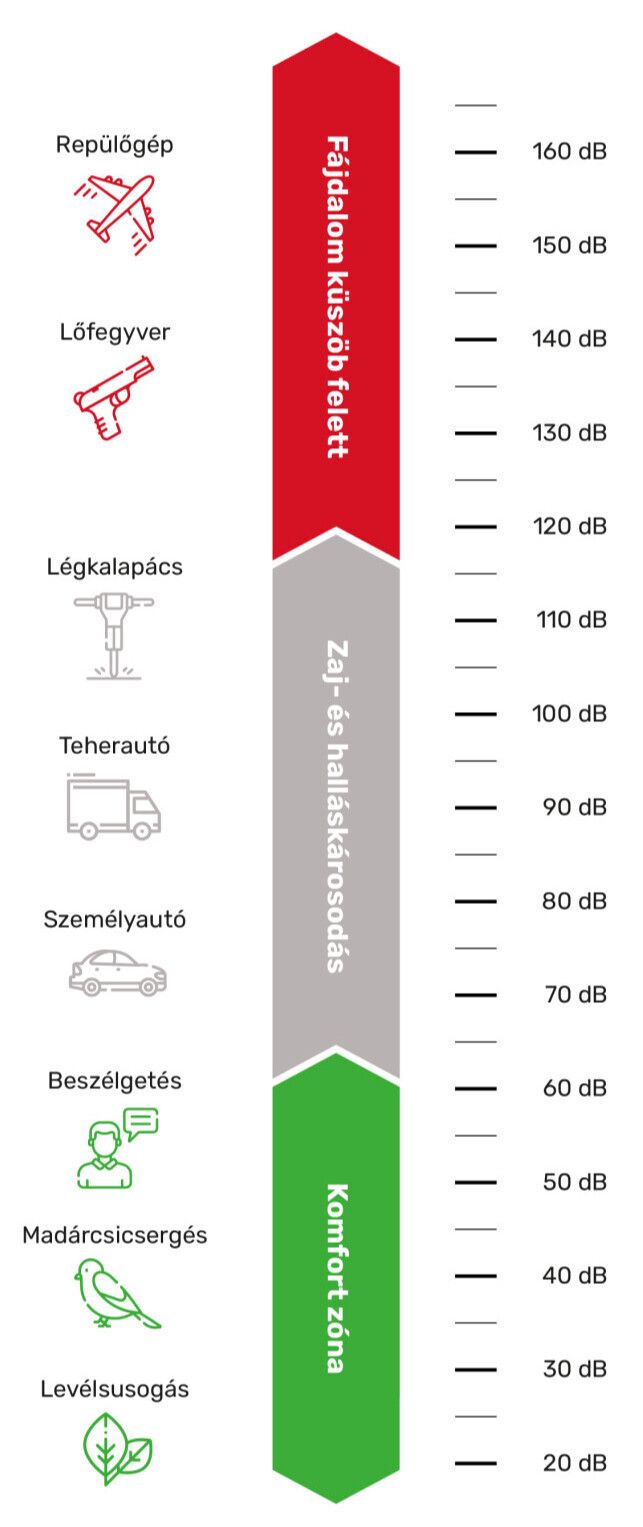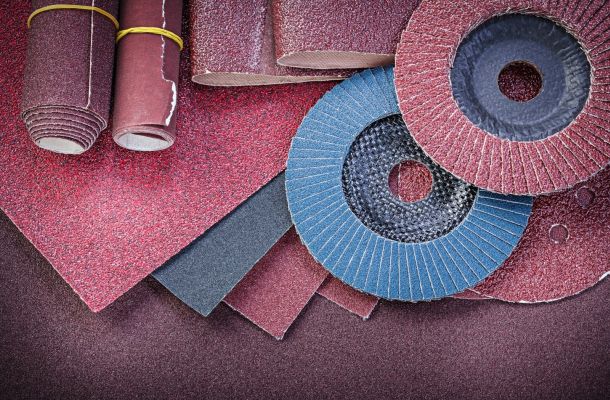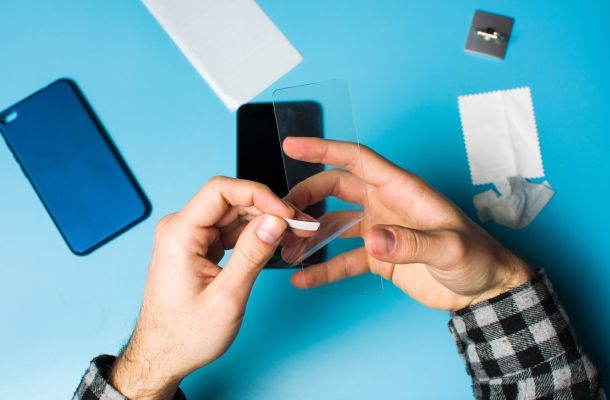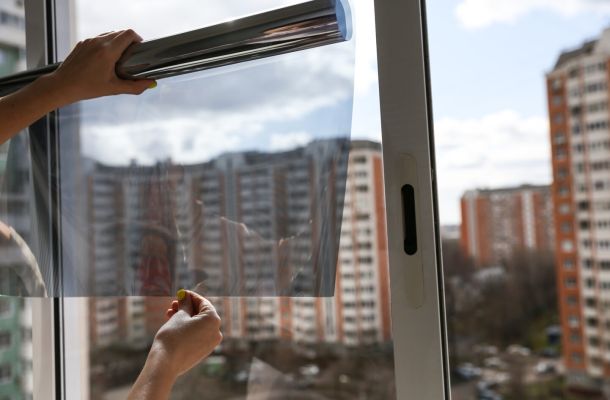3M earplugs and earmuffs: protect your hearing
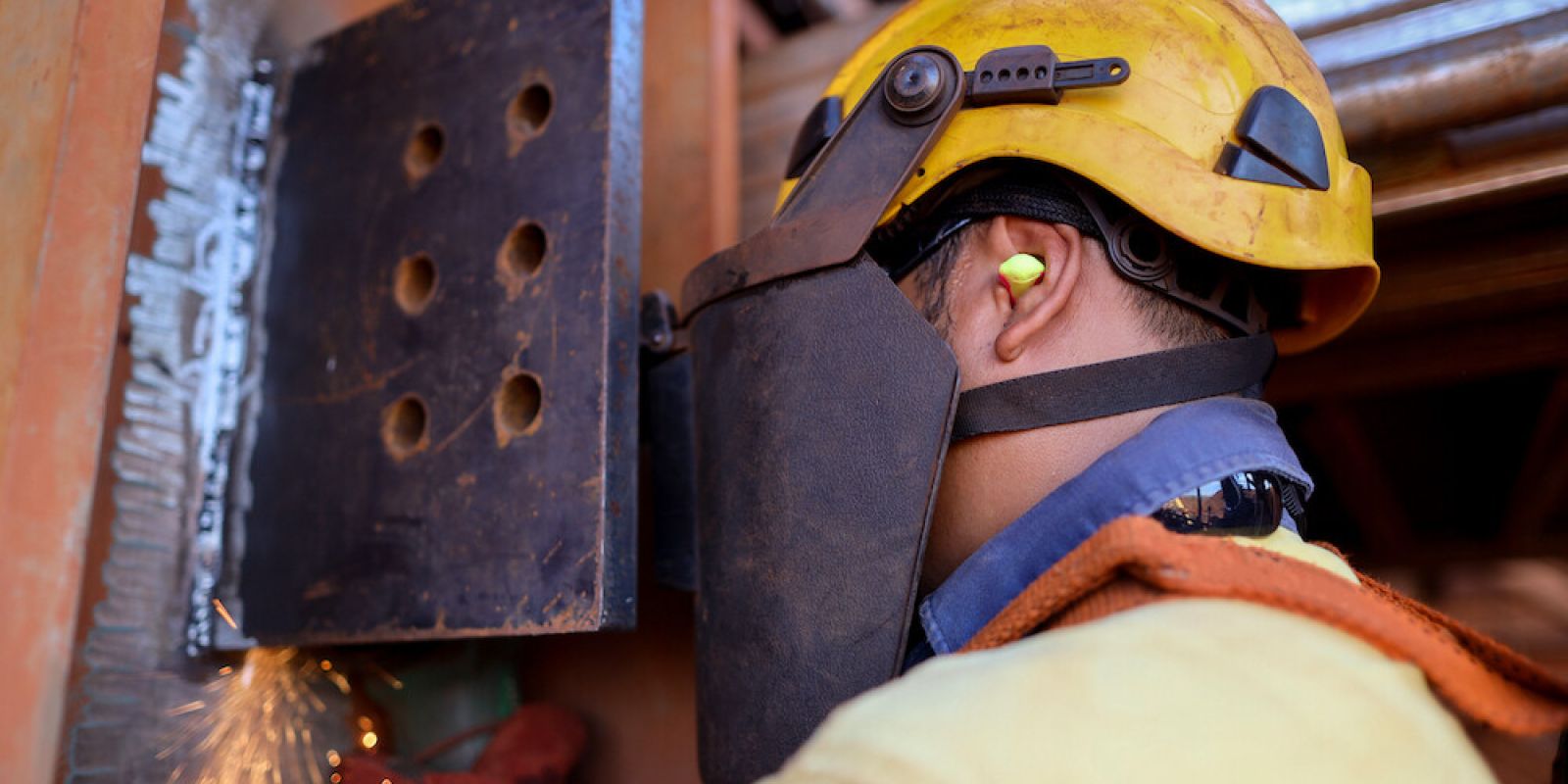

Those living or working in a noisy place know: our ears are one of the most vulnerable organs. Fortunately, there are small and relatively inexpensive tools available that help us minimize risk.
Earplugs and earmuffs: what do they protect actually?
Not everyone can be Beethoven. We know about the famous composer of classical music that even after losing his hearing, he was able to keep his profession and keep composing. But it is not a real expectation for the most of us to perform the same brilliant work after losing our hearing than before, with unharmed hearing organs.
Because ears are very sensitive.
Although we mention terms related to bigger impacts when talking about parts of the ear – such as hammer, anvil –, it is more difficult to “repair” it in many aspects even than the eye. We even know from experiments on newborns that it is not worth ignoring the vulnerability of the ear by saying “there is another one!” It turned out that our right and left ears hear differently: one of them is more sensitive to speech, while the other is to melodies and music.
So, our job is to protect it from noises – this is where earplugs and earmuffs come in. But what harms do we need to protect our ears from?
Hazards of hearing impairment
Basically, there are two ways to cause a negative change in our hearing. In one case, damage is caused by one loud noise, while in the other, the repeating loud noise can result even in irreversible consequences.
In everyday life, we can encounter several occurrences to avoid in relation to this. These include for example, listening to too loud music or using devices that particularly have adverse health effects.
Literature measures volume in decibel level and establishes the minimum values where we have to expect hearing damage. For example, the value of the washing machine of 70 dB only can be annoying and frustrating but we do not have to be afraid of hearing impairment. But exposing ourselves to the 95 dB value of a motorcycle for two hours is dangerous, just like the sound of a siren directly next to our ears or a firecracker exploding next to us that can cause immediate damage.
If the noise is too loud
If any sound vibrates the air, it reaches the outer ear. The outer ear drives sound toward the auditory canal, where the sound activates the eardrum by vibrating it, while its vibration is forwarded by the auditory ossicles to the cochlea. Here we can find extra sensitive hair cells, and transductions reach the brain from here through the auditory nerve. Sensitive hair cells in the inner ear forward the stimulus created here to the cerebral cortex through the auditory nerve.
Hair cells are sensitive to large movements. Loud volumes move the liquid in the inner ear better, which can damage hair cells that will no longer send signals in these state to the brain as they should. Ringing or tinnitus in the ear are early signs of hearing loss due to noise. Damaged hair cells cannot be repaired.
But not only our ears may regret noise!
Noise can make us more tired and grumpy. In addition to this, it can result in high blood pressure, quicker pulse, sleeping problems, it can reduce the ability to concentrate, and as a result of these, the quality and quantity of work performed as well. Good news that we can prevent all this! Now is the time for you to familiarize yourself with the advantages of 3M ear protectors and earmuffs.
Noise protection with earplugs and earmuffs
In addition to good advice – not to expose yourself to noises of high decibel levels for a long time –, there are other ways to prevent hearing damage. If you have to deal with bigger noise due to your work, you should wear ear protection tools!Earplugs are relatively inexpensive, and they have a variety of uses. Their material can be silicone, foam or wax; 3M ear protecting earplugs are for example made from a soft hypoallergic foam, so they comply also with hygiene considerations. There are types that are of fixed shape, that can be squeezed and also with strings attached. SNR type of earplugs have triple insulation.
In everyday life, earmuff-type ear protectors are often identified as headphones. However, for professional use, it is possible to buy earmuffs that can be mounted on helmets, light as a feather, and reduce pressure to the ear with soft and comfortable cushions even during a longer use. 3M Optime earmuffs can reduce noise pollution even by 26 dB. The 3M™ PELTOR™ Optime II high-performance ear protector is to be used in a more serious environment, which has been developed specifically for extremely noisy and special industrial working environments (airports, power stations or printing works).
Manufacturers do not forget kids either: products with ID numbers starting with H510AK-442 can be found in the range of 3M as well that are available in pink and in neon green colors.
Other types of protection equipment
What the ears receive, we shall not take away from the eyes!
Many have to protect their vision due to their work or hobby. Dozens of sporty, comfortable and lightweight protective eyewear are available for those who often need to protect their eyes.
Még több cikk a témában
Flanker Plusz Kft.
Contact Details
Boti Street, 100.


